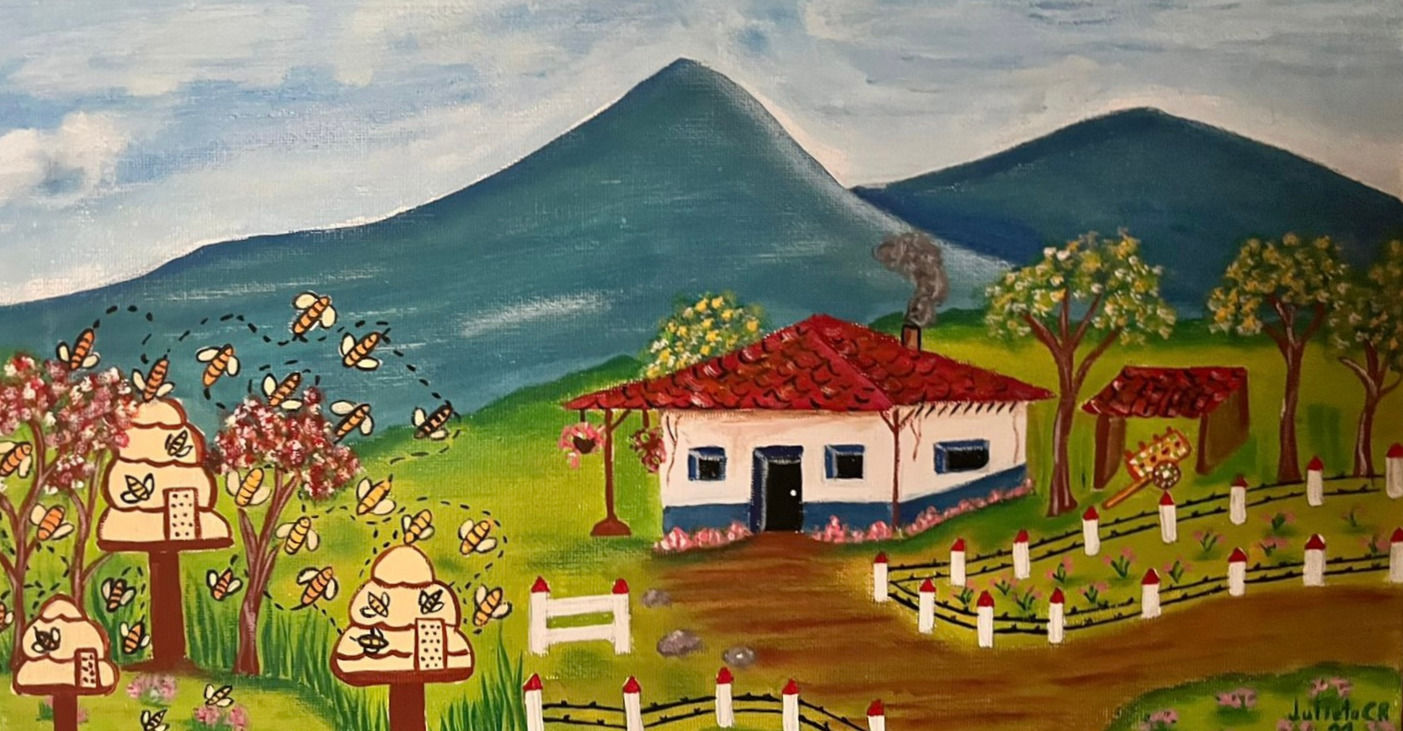
Interesting facts:
The genus name Symphyotrichum comes from the Greek symph meaning coming together and trich meaning hair, possibly in reference to the flower anthers.
As the common name suggests, the leaves are fragrant, having a balsam-like fragrance, when crushed.
This is an excellent native plant to use in place of fall mums.
Native Environment/Plant Information:
Aromatic Aster is bushy, compact, low-growing plant with hairy stems. It generally grows 1 to 2 feet tall but occasionally grows to 3 feet tall. It is a robust plant often covered with numerous flowerheads. Stem growth starts from a basal rosette. Stems, while slender are rather stiff and are slightly pubescent (hairy), branch frequently. This gives the plant a bushy appearance. Leaves are alternate, stiff, toothless, and typically 2-4 inches long and around 1/2” wide. Leaves are bluish-green color are oblong, hence the species name. Flowers are small and daisy-like, around 1” in diameter and have 20-35 violet-blue or purple ray flowers and a yellow center disk. Its bloom season is quite long, often lasting from late summer until the first frost. It is often one of the last flowers blooming before a heavy frost. Its seeds are achenes having small tufts of light brown hair and are distributed by the wind.
Aromatic Aster prefers full sun and well-drained or dry conditions. It prefers poor, rocky soils in open terrain and tolerates high pH soils. It is often found on rocky bluffs, limestone glades, on calcareous shale, slopes, prairies and dry open ground. It is tolerant of drought
Aromatic Aster can be distinguished from other Asters (Symphyotrichum spp.) by the number of ray florets per flowerhead (greater than 20), the size of its flowerheads (usually about 1" across or slightly more), and the spreading bracts underneath each flowerhead. Its leaves are typically shorter and narrower than many other Asters. They also have a balsam-like fragrance when crushed.
Cultural Information:
Aromatic Aster is easiest to grow in dry to medium well-drained soils in full sun. It does well in sandy or clay soils, and tolerates poor soils and drought. Aromatic Aster is fairly easy to cultivate in sunny rock gardens and similar areas.
Aromatic Aster can spread by stolons (runners). It does not compete well against more aggressive plants on moist, fertile sites unless neighbors are selectively removed. As it colonizes by stolons, it can need regular thinning to control its spread. It can be transplanted in the spring or autumn.
Aromatic aster creates mounds of showy fall blooms from late summer to fall and makes an excellent native plant for gardens. It is good for mass planting and works well in Native Plant Gardens, Butterfly Gardens, Native Gardens, Pollinator Gardens, Walkways, Borders, Meadows or Naturalized Areas.
Aromatic Aster makes a good cut flower.
Wildlife uses:
The flowers are attractive to butterflies, bees and other insects, including long-tongued bees, short-tongued bees, small to medium-sized butterflies, and skippers. While bees also collect pollen from the flowers, most in insects seek only the nectar. Symphyotrichums support the following specialized bees: Andrena (Callandrena s.l.) asteris, Andrena (Callandrena s.l.) asteroides, Andrena (Cnemidandrena) hirticincta, Andrena (Cnemidandrena) nubecula, Andrena (Callandrena s.l.) placata, Andrena (Callandrena s.l.) simplex, and Colletes simulans. Aromatic Aster is a host plant for the Silvery Checkerspot (Chlosyne nycteis) butterfly and many other insect and moth species
Wild Turkey and other upland gamebirds will consume the seeds and foliage
Unfortunately Rabbits and Deer will occasionally consume Aromatic Aster even though its nutritional value is low. Aromatic Aster is somewhat resistant to browsing by deer and rabbits.


Comentarios